Top Facts
- Building of the castle was begun in the 1070s by Alan Rufus, who had fought at the Battle of Hastings alongside William the Conqueror.
- It is the best-preserved early Norman castle in England.
- By the early 16th century the castle was derelict and it remained in ruins for 300 years.
- In the late 18th and early 19th centuries, artists including JMW Turner were inspired by the castle’s ruin.
- In the Victorian era, the castle became the headquarters of the North York Militia.
- Robert Baden-Powell, founder of the Boy Scouts, briefly commanded here.
- During the First World War the castle was occupied by the Northern Non-Combatant Corps, a unit for men who had asked for exemption from military service.
- In 1916, 16 conscientious objectors from the Non-Combatant Corps were sent to France where they faced court martial for refusing to obey orders. They became known as the Richmond Sixteen.
-

Commanding Power: The Great Keep
Explore Richmond’s mighty tower and learn more about the power of the Norman castle on Google Arts and Culture.
-

Description of Richmond Castle
Read a description of Richmond Castle, England’s most complete 11th-century castle.
-

Buy the Guidebook
Buy the guidebook to Richmond Castle and nearby Easby Abbey.
-
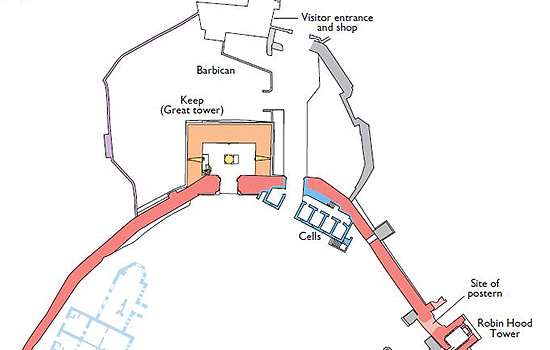
Download a plan
Download this PDF plan of Richmond Castle to discover how its buildings have developed over time.
Conscientious objection at Richmond Castle
During the First World War, Richmond Castle was the headquarters of the Northern Non-Combatant Corps. This was a military unit in which those who refused to fight in the war on grounds of conscience could contribute to the war effort. They carried out support roles that did not involve fighting or the use of arms.
Some, known as absolutist conscientious objectors, refused to do work that would contribute to the war effort in any way. These men were often severely treated as a result. At Richmond, some were confined to barracks or detained in the 19th-century cell block.
In 1916, 16 absolutist conscientious objectors were taken from Richmond Castle and transported to France, where they faced firing squad for refusing to obey orders. They became known as the Richmond Sixteen.
Drawn and scratched into the delicate limewashed walls of the cell block are thousands of graffiti inscriptions. They record the voices of those held in the cells, including members of the Richmond Sixteen and many other conscientious objectors.
Learn more about the Richmond Graffiti-
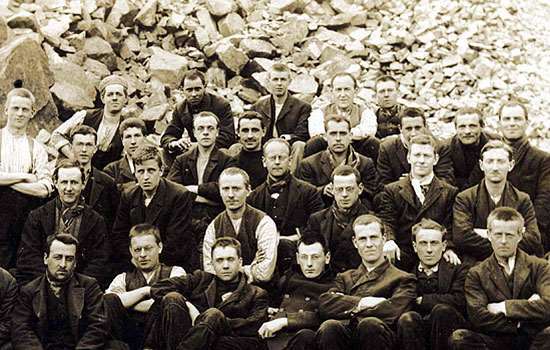
The Story of the Richmond Sixteen
Read the full story of how the Richmond Sixteen were taken to France, and sentenced to death for refusing to obey orders.
-
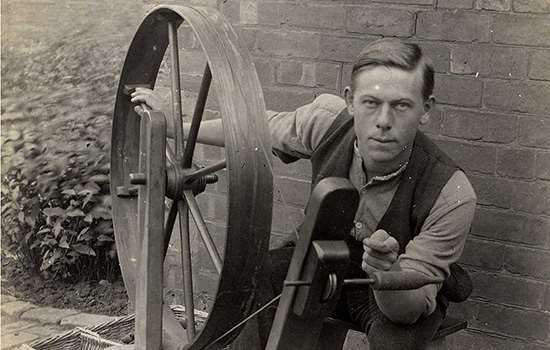
Conscientious Objectors’ Stories
Read about the individual experiences of some of the conscientious objectors before, during and after the war.
-
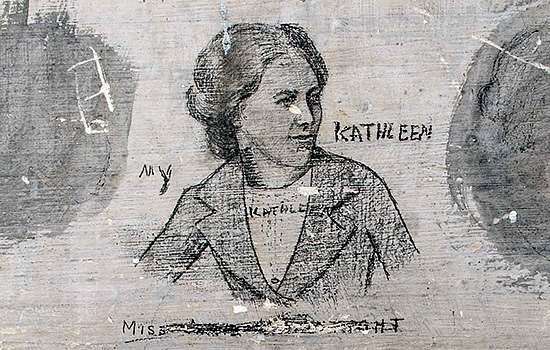
Gallery of the Cell Block Graffiti
This gallery highlights some of the graffiti drawn on the cell block walls, including pieces by First World War conscientious objectors.
-

Conscription and Conscience in the First World War
Find out more about how conscription came about, and what happened to the men who applied for exemption.
-
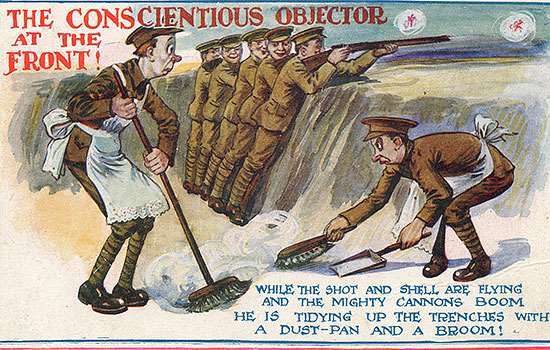
Attitudes to Conscientious Objection
‘Pansies’, ‘cissies’ and ‘conchies’: find out more about how COs were treated, and how attitudes have changed since 1916.
-

Listen to the Speaking with Shadows podcast
Find out more about the Richmond conscientious objectors in this episode of our podcast Speaking with Shadows.
Visit Richmond Castle
-

Prices and Opening Times
Plan your trip to one of the finest sites in North Yorkshire.
-

School Visits
Take your learning out of the classroom and explore Richmond Castle’s rich and varied history.
-

North Yorkshire Travel Guide
Your guide to a three day historic adventure in North Yorkshire, home to some of the country’s most spectacular castles and abbeys.
